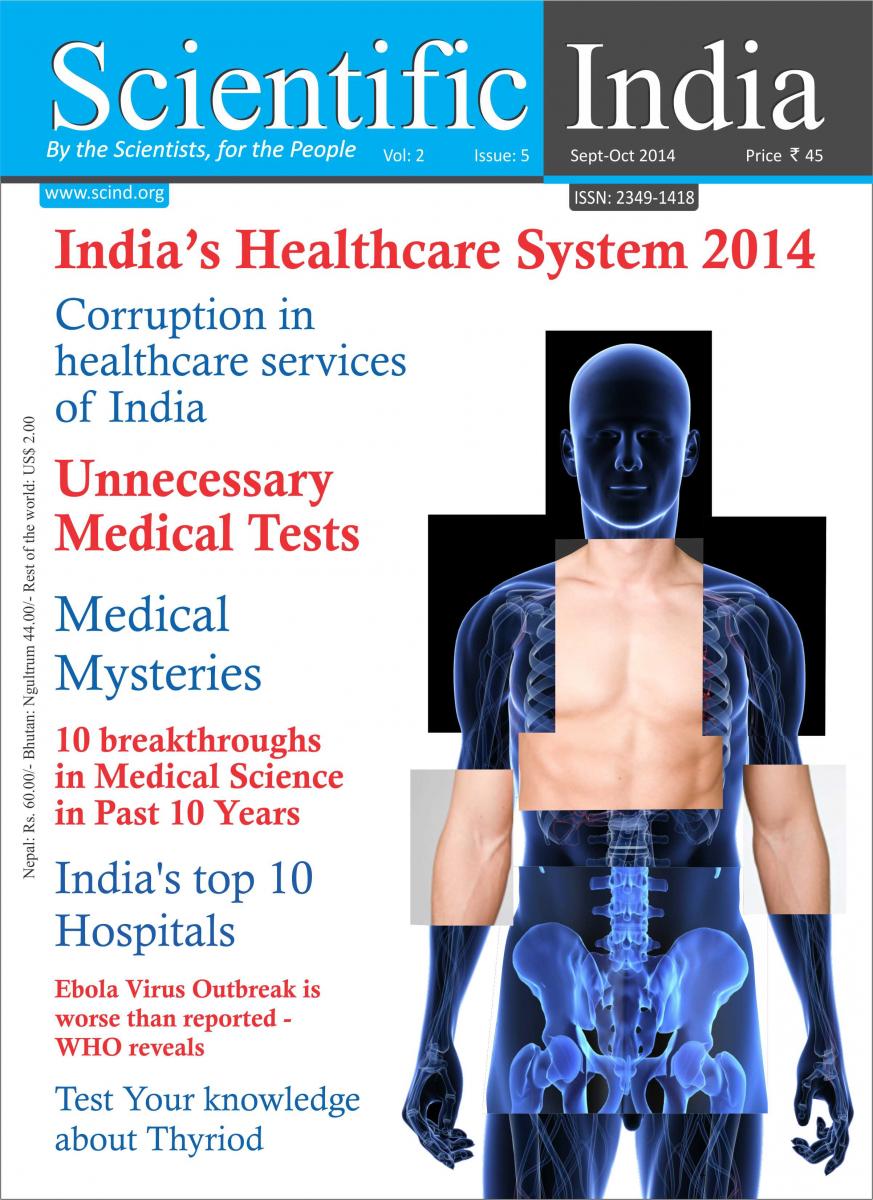Population Genetic Structure of Golden Jackal, Canis aureus in Gujarat, India

Department ofAnimal Ecology and Conservation Biology, Wildlife Institute of India, Chandrabani, Dehradun, Uttarakhand, India
Genetic diversity of Golden Jackal, Canis aureus was estimated to understand the role of Rann of Kachchh in their movement between Kachchh region and the mainland of Gujarat, a western state in India. A total of 30 samples were collected and genotyped with 10 polymorphic microsatellite loci. The analysis was done within and between the Golden Jackal populations in Bhal and Kachchh region of the state. Altogether, 78 distinct alleles were found with mean allelic number of 8.8 (±2.33). Out of 10 microsatellite loci used, 9 loci showed PIC value higher than 0.5 and considered informative for population genetic studies. Mean observed heterozygosity (Ho) was found to be 0.812 (±0.233) while mean expected heterozygosity (He) was 0.815 (±0.083). No evidence of linkage disequilibrium was observed among pair of loci. Mean Fis value approaching zero (0.018±0.235) was found for this population. Pairwise Fst-Rst values of 0.0182-0.026 indicate little genetic differentiation between Golden Jackal populations. Further, the STRUCTURE showed only one cluster of Golden Jackal population. The study revealed that Rann of Kachchh is not a barrier for the movement of Golden Jackal and the population across the region of Kachchh and the mainland of Gujarat is continuous.
Keywords: Genetic Diversity, Genotyping, Golden Jackal, Microsatellite Markers
